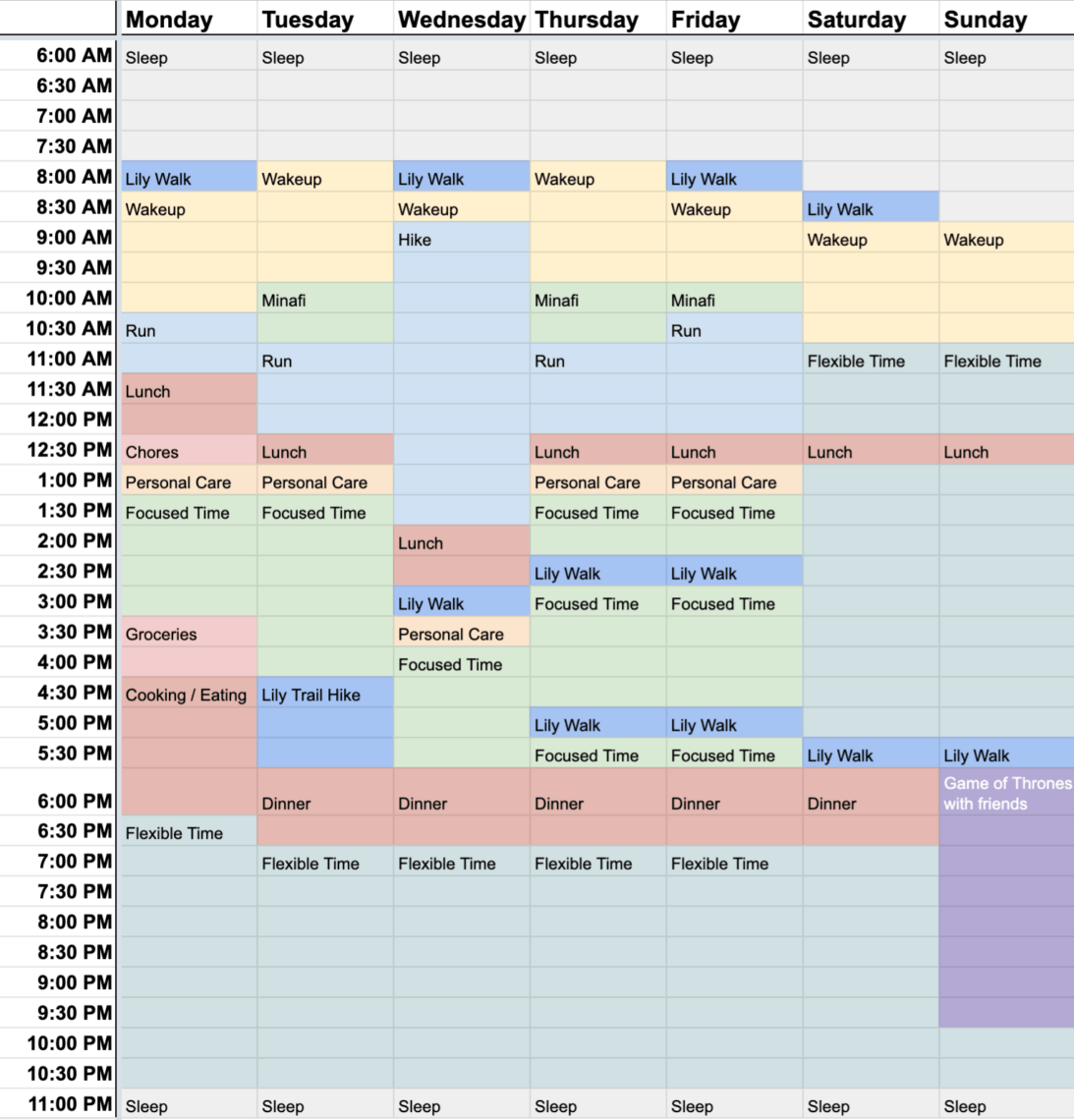For all of 2020, I’m trying something different. Every month I’m setting a theme. As part of that theme, I’m also setting goals and habits to help it along the way. These themes aren’t limited to the month either – each theme is for the year but in addition to everything else added before it.
For January my theme was Focus, for February it was Finish, for March, Routine, and for April Create. I picked these themes based on what I felt was the most important at the time to help stay emotionally grounded, productive, and happy.
















